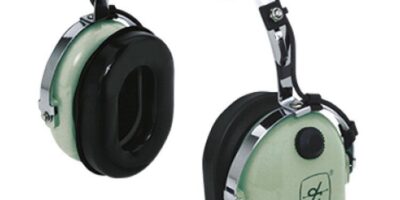AFOQT Pilot Section: A Comprehensive Guide
The Air Force Officer Qualifying Test (AFOQT) plays a crucial role in selecting candidates for pilot training programs. This standardized test evaluates candidates in various capacities, but the Pilot section is pivotal for aspiring military aviators. Understanding what lies ahead in this section is key to excelling. Here, we will delve into the components of the AFOQT Pilot section to help you confidently approach it.
Understanding the Pilot Section
The Pilot section measures a candidate’s aptitude for flying and aviation-related tasks. It comprises several subsections that collectively evaluate skills critical for success in pilot training and beyond. These include perceptual speed, spatial ability, aptitude for aviation-related calculations, and understanding of aviation instruments.
Subsections Breakdown
Instrument Comprehension
This part of the Pilot section tests your ability to read and understand basic aviation instruments. Questions present various gauges and dials found on a cockpit dashboard. You must interpret what they convey regarding an aircraft’s status, such as its attitude, heading, or altitude.
Understanding these instruments is essential for safe and effective flying. Practice reading altimeters, artificial horizons, and compasses to hone your skills. Simulated flight software or aviation training manuals can offer practical insight and allow you to familiarize yourself with these controls.
Aviation Information
General knowledge about aviation is assessed in this subsection. Questions cover aerodynamics, aircraft mechanics, regulations, and principles of flight. This round gauges your foundational understanding of how planes operate and the concepts behind flying.
A solid grasp of basic physics, mechanics, and FAA regulations will benefit you. Reading widely on aviation history or taking introductory flight courses might improve your knowledge base. Staying current with aviation trends and technologies also builds a stronger foundation for these questions.
Hidden Figures
Your ability to quickly identify and locate specific shapes within a complex field is tested here. This evaluates perceptual speed and accuracy. As a pilot, rapidly assimilating and processing visual information is crucial, and this exercise indirectly measures these skills.
Strengthening visual acuity through practice in speed reading, puzzles, or digital apps can be advantageous. Developing your ability to scan environments both quickly and accurately enhances your potential performance in this area.
Table Reading
This section assesses your proficiency in interpreting data from tables quickly and correctly. You are required to analyze and derive information efficiently. Such skills are vital when correlating multiple instrument readings while piloting an aircraft.
Improvement can come from regular practice with tables and charts, familiarizing oneself with patterns or statistically presented data. Engage with these formats from various publications or technical manuals to speed up recognition and comprehension.
Block Counting
Block counting evaluates three-dimensional perception. Candidates count the number of visible blocks in a structure. It tests mental rotation and spatial reasoning by having you envisage unseen sides of a structure.
Engaging with three-dimensional puzzles, CAD software, or training in spatial visualization exercises can boost performance. These activities promote an enhanced ability to manipulate and mentally rotate objects, reflecting in precise and faster completion of these tasks.
Tips for Success
- Practice consistently with realistic simulations to familiarize yourself with the test format.
- Use aviation manuals, online courses, and relevant literature to strengthen your theoretical knowledge.
- Apply time management strategies to navigate the test efficiently without compromising accuracy.
- Engage with forums and communities for shared insights and strategies from other test-takers.
- Consider mock test sessions under timed conditions to improve both pace and focus.
- Balance your study regimen across all subsections to avoid burnout and ensure broad preparation.
Developing Core Skills
The Pilot section doesn’t just assess current knowledge but gauges an applicant’s potential to acquire necessary aviation skills. Cultivating the habits of successful pilots, such as precision, focus, and situational awareness, transcends mere test preparation. Developing these skills will benefit you long beyond the AFOQT, setting you up for success in a thriving aviation career.

